
Matthew W. Phillips
-
Posts
2,048 -
Joined
-
Last visited
Posts posted by Matthew W. Phillips
-
-
2 hours ago, Jon O'Brien said:
To use an analogy from music, let's say you're a violinist. You decide you need a better bow, and are willing to shell out some bucks for it. Which bow do you get, when there are maybe 30 good ones to choose from? Do you get the one that bounces the most, or the one that gives the best staccato. No, you pick the one that gives you the best overall sound, or tone. In my view, cameras are just like that. You pick the one that you like the basic image from the most, with minimal fiddling around with the image in post. I'd say you've made a good buy, if you're happy with the images the camera makes. The rest is just getting used to its quirks.
Super high definition is a fad that I'm not sure is going to last the distance. I, fwiw, don't like the super sharp look. A lot of people are just exporting their films at around 2K, and for a lot of videography I think this is probably sufficient. No doubt for feature film work you need to film in 4K or higher for various reasons but doesn't sound like you will be doing that with this camera.
I agree. Especially about the resolution. I dislike overly sharp footage. I keep a Black Pro Mist on my lens 24/7 just to soften the footage and my older eyes can't focus tack sharp anyway which I prefer as it reminds me of the footage I got shooting 16mm with an old Angenieux Zoom lens.
-
2 hours ago, Jon O'Brien said:
I think go with the camera you most like the image from. The specs might not look good 'on paper', and it might have annoying or frustrating aspects like Max mentions, but the main thing is, with minimal tweaking in post, do you like the basic image this camera creates? I find that there are differences. I don't really like the look from a lot of high end video cameras. I like the look you can get from a Canon C300 and I like the images I've seen, at short film festivals, from the Alexa classic. It's probably closest to a film look of a lot of digital cameras I've seen, with minimal work in post. But I'm a film guy, what do I know about digital.
Hello Jon. Yes, you nailed exactly my thought process. I've never used a Canon C300, but I did know that I liked the look of the Classic. I tried Sony (a6xxx series, FX30, FX3, etc) and Blackmagic (P4K) and I never got anywhere near that look that I wanted (I really like the look of S16 Kodak 200t). Shooting on the Classic makes it easier for me to go hard with the grading and it has inherent qualities that those other cameras didn't.
I know Yedlin says cameras are only data collection devices. But I'm not nearly talented enough with grading to make a BM cam look like 16mm film in a way that will convincing to my eyes. Now you also have me curious about the C300 too.
-
5 hours ago, M Joel W said:
Re: 2K ProRes vs ArriRAW, there is no benefit to raw in terms of color or tonality that I see – if you get the exposure and white balance anywhere in the ballpark.
There's no appreciable difference in dynamic range in my experience, either. And there's no highlight recovery algorithm as there is with Red and Black Magic.
In terms of resolution, 2.8K is noticeably sharper and at higher ISOs, very subtly noisier than ProRes.
Sometimes I think I prefer the look of 2K because I prefer a softer image. But I also prefer a little more texture and I like the flexibility of adjusting white balance and exposure in post; even if it should be easy to correct in Resolve, I like being able to adjust the raw sliders.
Long story short, it's not much better.
Despite all that, I always shoot ArriRAW, mostly for the sharpness, texture, and ability to dial in exposure.
Thank you for this info!
-
1 hour ago, Max Field said:
If you're a run and gun self shooter the camera is not worth it. I did that in 2019 but this was before the Pocket 6K (and other options) was out. The Arri Amira is one I just picked up for a couple thousand dollars more than what an Alexa would go for and it is that amazing imager with all of the design flaws solved. The 5-pin audio breakout on the Alexa being right next to the lens is a confusing design choice regardless of what kind of crew is using the camera.
If the camera is solely being on sticks in outdoor environments like this and you have no need for audio sync or anything it would be a good buy. But for narrative self-shooting it will fatigue you really quickly and I don't mean the weight. Just all the little annoyances.
Oh, did you ever shoot ARRIRAW? I never had anyone answer my question about whether it is worth the hassle to shoot on the Classic. I like the EVF so spending for a monitor would be a bummer, but if ARRIRAW is that much better, I would do it. Was it that much better in your view to warrant the expense or did 12-bit ProRes seem enough for you?
-
1 hour ago, Max Field said:
If you're a run and gun self shooter the camera is not worth it. I did that in 2019 but this was before the Pocket 6K (and other options) was out. The Arri Amira is one I just picked up for a couple thousand dollars more than what an Alexa would go for and it is that amazing imager with all of the design flaws solved. The 5-pin audio breakout on the Alexa being right next to the lens is a confusing design choice regardless of what kind of crew is using the camera.
If the camera is solely being on sticks in outdoor environments like this and you have no need for audio sync or anything it would be a good buy. But for narrative self-shooting it will fatigue you really quickly and I don't mean the weight. Just all the little annoyances.
Thanks for the heads up. I will be shooting sync sound, but I'm so used to that from my film days that I really don't know anything else. I will likely have an assistant when it comes to shooting something important. I don't like handheld or "run and gun" as I'm too old for that and I never was very steady with any size cam. I like it on sticks and the most I would do aside from that would be a dolly or geared head.
-
6 hours ago, Daniel D. Teoli Jr. said:
1) Crazy? Buy what you like. Especially if you can get a good deal on something. What is the other option? You can leave the $ behind for someone else to spend for you.
2) I can't answer your tech questions, but it looks like a nice setup. What was the purpose of buying that camera other than I wanted it?
3) If you can afford to live in Sacramento...you aren't poor.
4) Looks like you garden. Are you doing nature projects with the camera or people projects? I did a quick looksee on eBay and it said that camera is good for high-speed work. Is that right?
5) Do you have any fig or fruit trees planted in your garden?
1) I tried the pocket 4k but had Moire issues and some IR pollution. Everything else I looked at was more expensive than what I paid for this.
2) I bought it because I would like to make a few short films. It has been awhile since my last project and I'm itching to get back. My daughter is also a music major and is trying to break into performance and asked me to shoot a music video for her.
3) I see what you mean. I tend to think I might be poor because I live in Sacramento. My barely 6-figure salary isn't very impressive once I pay the rent (can't afford to buy a home here)
4) I love shooting nature and foliage. I try to plant things but I don't have a very good green thumb. When I shot a feature back in 2016, I spent hundreds of dollars at Green Acres (and hours or work) planting a beautiful garden in the backyard for the film. It lasted about 3 weeks for principle photography and then died on me. 😢 I love it but not sure it loves me 😄
5) No, I would love to though. But I don't own this property and probably wouldn't get permission to plant them.
-
 1
1
-
-
I've been wanting this camera for years now but it was either too expensive or I found some reason to not buy it (people saying it's too heavy or not a good choice because it's only 2k). After trying out a Blackmagic pocket kit (and enjoying interiors but not exteriors so much), I had to try it. I had a thread here a few years back about it, I think.
Anyhow, I added a pic of my rig (all budget stuff since I'm poor) and some early stills from camera tests so far. I personally like it but it gives me a workout handling it.
I do have one question for those here...would I see much of a benefit to getting an Odyssey and recording ARRIRAW? I like the ProRes 4444 but not sure if I'm missing out not shooting RAW. I don't like monitors personally (I prefer the EVF) but would be willing to go that route if the improvement is signficant.
Also, noob question, but is there a way to change focus peaking color to red? I got better focus on my pocket than this because I could actually see the peaking easier. My middle age eyes aren't as good as they once were.
Thanks for reading.
-
 2
2
-
-
It depends on the movie, I suppose. I don't always agree with "show, don't tell." I am a lore junkie so I enjoy hearing the backstory of a world being presented in a film. Sure, a few quick action sequences to go along with that can be nice but I don't need a lengthy ridiculous flashback when it can be much quicker to just relay the information using a basic conversation (along with some interesting music.) If done well, I suppose either way can work.
-
I haven't posted here in awhile but I have been watching a ton of camera reviews lately. After discovering the new Arri 35 camera and downloading any samples I can from the camera, there is something about the image it produces that makes me want it so bad (and nothing else.) I really can't afford the camera but all of the cheaper alternatives all have something about them that sticks in my mind against this camera and I can't bring myself to consider those.
It might be the first digital cinema camera that I would prefer over a 35mm film camera with a wheel barrow full of film.
My question is: What makes this camera so special? I know it has tons of DR but I also notice crazy color separation and such ease to sculpt it to whatever you want in post.
Also, my question is: is there anything at all that a mere mortal like myself can do to get my hands on it; even if only for a day or two?
P.S.- I cannot help but enjoy reading the salty comments on YT from Blackmagic fans who remark that their 4k/6k pockets are superior to this camera. Is this camera a "love it or hate it" thing? Because all I see is absolute amazement from it.
Nice to see you all again, by the way!
-
7 hours ago, Jon Pais said:
I think you're confusing the sheer number of pixels with perceived sharpness: whatever the resolution of film is as measured in a laboratory, the fact remains that the overwhelming majority of movies are presented in 2K theatrically and no one ever complained that the picture was blurry. That's how I've watched movies my entire life.
I set sharpness at 50 in Dehancer and the picture looks just fine on a 55" OLED display. At home, in order to see the difference between 1080p and 4K, you'd have to be sitting no more than four feet from a 55" UHD display, which few people in real life do. I should add that I upload all my videos in HDR, and the difference in clarity and detail HDR makes is orders of magnitude greater than that between 1080p and 4K. While you've got to sit inches away from a screen to tell the difference between say, 8K and 4K, anyone can instantly see the improvement in picture quality of HDR from across the room. Dynamic range and richness of color are of far more consequence than the number of pixels.
Is this argument scientific or anecdotal? Some people swear that they can tell the difference between 4k and 1080p even on relatively small screens. Some audiophiles can also tell the difference (or claim to) between seemingly insignificant details. Are these people crazy or could it be that everyone is different and values different things?
-
14 hours ago, Jon Pais said:
The smallest details of film cannot be smaller than the grain size, which is why it’s recommended to always lower the resolution parameter accordingly.
So what you are arguing is that either 1) grain cannot be larger than 1 pixel OR 2) if grain is larger than 1 pixel for, say, full HD, the true resolution of film is less than 1920 x 1080?
-
51 minutes ago, Tyler Purcell said:
I don't want to get into a 20 page argument about it.
Why 20 pages? Isn't brevity the soul of wit?
-
 1
1
-
-
I no longer need one of these as I am going for a smaller/lighter camera setup. Thanks anyway.
-
6 hours ago, Jon O'Brien said:
I recall someone saying it wasn't so good for use with a PC. Is it now okay using this with a PC?
It is amazing on a PC. Since PCs tend to have more "bang for your buck" than a Mac, you are likely to get better performance per dollar spent on a PC. Most PCs that are priced in the range of Apple products will have far superior graphics cards which will give you great performance.
-
-
-
1 hour ago, aapo lettinen said:
It is the same thing with people claiming that Blackmagic cameras or Premiere Pro are "absolutely reliable because I have never had an issue with them in my life".
I wouldn't argue those points. I have personally had issues with Premiere Pro and am not a fan of it. And the BM camera issue is well documented. When you try to order an Ursa Mini from LensRentals, they actually have a disclaimer that says that the camera is not recommended for professional work.
-
37 minutes ago, aapo lettinen said:
this is a common known issue with the Resolve and they haven't been able to fix it in years
Is it? I have never heard of this, heard of anyone having it, and never had it myself? I have made hundreds of instructional videos editing in resolve (using voice over audio) and never had this problem. I don't doubt that it happens to some but I would find it far fetched to believe that it is all that common.
-
4 hours ago, Karim D. Ghantous said:
And we are now approaching hitting the 'quantum limit' where the gates can't get any smaller.
I have been hearing about this for years. Sure, it is coming. But it isnt here yet and this isnt the only front that has improved. Finding ways to make the chip cooler has also slightly helped clock speed. Cache sizes have increased substantially as well.
4 hours ago, Karim D. Ghantous said:However... you have made an assumption about semiconductor manufacturing. I would posit that CPUs take up less surface area than in the past, so that one wafer can hold more CPUs.
This is true...or can be. Not every chip on the market is an 8+ core chip. There are still low end chips that have only one or two cores. These chips fit in the same sockets as any other chip. They are less common because there is not much need to purchase these chips when multicore chips are so affordable.
4 hours ago, Karim D. Ghantous said:I could not say if this process per se has become cheaper.
If the sell price is any indicator of the manufacturing cost then they are much cheaper. You can find entry level chips for around $60-80. These same chips might have costs several hundred 15 years ago (if they were available at all) and the modern versions run cooler. Also, chip manufactures continue to work on other things too like advanced pipelining techniques and caching algorithms to make the most of the hardware.
4 hours ago, Karim D. Ghantous said:Now, film formats have a constant surface area. You could argue that a future emulsion technology will let you use a smaller gauge for the same quality.
Yes, there is a point here. I think one could make the argument that there should be able to be a way to make density of the grain larger and increase the quality per frame. But I am not even making that argument. I am only making the argument that due to the sunk cost of the machinery to make film, over time it seems reasonable to decrease cost (or at least not increase it) as you pay for the initial investment of the production equipment. Unless there is some massive ongoing cost that I am not aware of, it seems like Kodak is using the "Toll bridge" approach. The idea of the toll for the bridge is to cover the cost of making the bridge but when the bridge is paid for, the governments never seem to want to remove the toll.
4 hours ago, Karim D. Ghantous said:But film doesn't follow the progress curve of semiconductors.
This is surely true. My question is why not? I have yet to hear what exactly it is about film creation that makes it have an upward pricing structure forever. The only products that usually have to be that way are 1) labor intensive jobs that cannot be automated or 2) products whose raw materials spike with inflation. Granted, film uses Silver but we have already discussed how, for the time being, silver is not a huge percentage of the cost of film.
-
18 minutes ago, Frank Wylie said:
Um, no it's around $115 for the 2nd edition, or you can visit a library and put in an Inter library Loan request to read it for free.
My mistake. You wanted me to spend more than a Benjamin just to get the details that you could have told me for free. Thanks for that.
-
12 minutes ago, Phil Rhodes said:
Matthew, I think what you're overlooking here is that yes, it's an automated process done by machines, but someone has to design, build, maintain and configure those machines. The thickness of the sensitised coating on a typical photographic film is in the single-digit micrometres (that's at least an order of magnitude larger than the smallest feature on something like a modern semiconductor, not that it's anything even remotely like the same process or in any sense directly comparable).
Variability in the thickness of the coating will immediately effect the optical performance of the film. Laying down a coating of an essentially gelatine-based liquid to the required tolerances is a very, very long way from trivial. One micrometre is a thousandth of a millimetre, significantly less than even quite high precision engineering tolerances, so even things like bearing wear in the mechanisms, tiny variations in pump pressures, fluid viscosities or ambient temperature and humidity can easily have ruinous effects. Modern colour negative has a lot of layers (several per colour, plus filters and separators) each of which has to be laid down with that sort of precision. Even to get to that point, you have to have made the plastic base to similar tolerances, and mixed the chemistry correctly. Tiny variations in the composition will affect sensitivity and thus colour balance; they'll have a staff of PhD-level organic chemists doing tests on the raw materials they're buying in and trimming the process at every stage to suit, plus hugely qualified and experienced engineering staff keeping the required precision going. All of this has to be done without introducing dirt or contamination in absolute darkness. Then you've got to cut it to the right width and punch the sprocket holes, both of which are dimensionally critical to image stability.
No matter what anyone does, this is never going to be cheap. Notice China hasn't chased it.
Thank you, Phil. Unlike Frank's post, you actually defend your viewpoint with logic, details, and it doesn't cost any money out of my pocket.
Although I still feel that these things fall into the "cost of doing business", it does make a bit more sense where the money goes. I would be interested to know what the margin is on their film stock; say 35mm. Is film a high or low margin business (from Kodak's perspective)? What is the marketing budget like? What is the wholesale cost? I am not asking you this question but I am surely curious if there is a non-manufacturing way to "cut the fat out".
Even in the semiconductor world, they keep finding a way to lower the cost and increase performance. It is absolutely amazing how long companies like Intel, AMD, Nvidia, etc have kept up the pace of doing this. That is why I am a bit less forgiving of Kodak but I suppose it isnt completely comparable.
Has anyone considered the possibility that maybe film just isnt a worthwhile business at this point? Or is that blasphemy around here? Because it sounds contradictory to say, on one hand, "film cannot be cheaper! It costs so much to make!" but also say "yes, film is thriving and they are making record breaking profits!"
-
4 minutes ago, Frank Wylie said:
I thought we were talking about making film.
The book... The book...
If you are unwilling to look at the actual evidence, I have no more to add to this conversation.
So are you taking your ball and going home?
You think I need to spend $48 (price + shipping) to understand what is going on and you refuse to divulge the details of your own viewpoint? I think not. What a ridiculous argument.
-
14 minutes ago, Frank Wylie said:
Your statement that Kodak has "a reputation for going with the status quo and not taking advantage of advances in technology" is totally unsupported. You won't find a more advanced coating facility on the face of the earth.
I can support it. I cannot say Kodak hasnt done well with producing film but I can say that Kodak has sat on gold mines in patents that they never took proper advantage of. Can we also talk about the elephant in the room which was the digital camera? Oops!
-
12 minutes ago, Frank Wylie said:
Not being testy; I am simply confident.
Your statement that Kodak has "a reputation for going with the status quo and not taking advantage of advances in technology" is totally unsupported. You won't find a more advanced coating facility on the face of the earth.
An I don't think you are giving enough respect to the state of the art coating facility Kodak runs. They are not ladling out goop in a room with pigeons flying around in the rafters.
Order a copy of this book, have a read and get back to me...
http://www.makingkodakfilm.com/
Of course, Shanebrook was not totally able to divulge everything about the process, but there is enough detail to realize just how incredibly difficult it is to make a multilayer color film.
I watched this video. It shows almost nothing, however, it seems interesting that everything in this video is just a bunch of automation going on and there was no talk of any special or difficult work being done. The coating was only momentarily mentioned and the only footage appeared to be machines doing their thing.


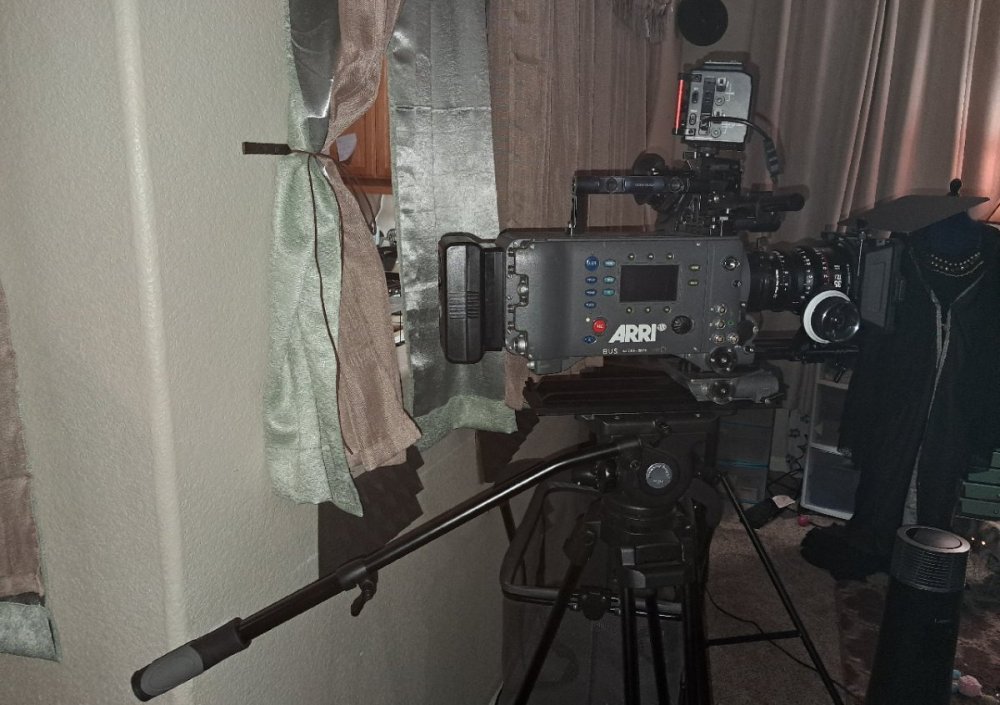
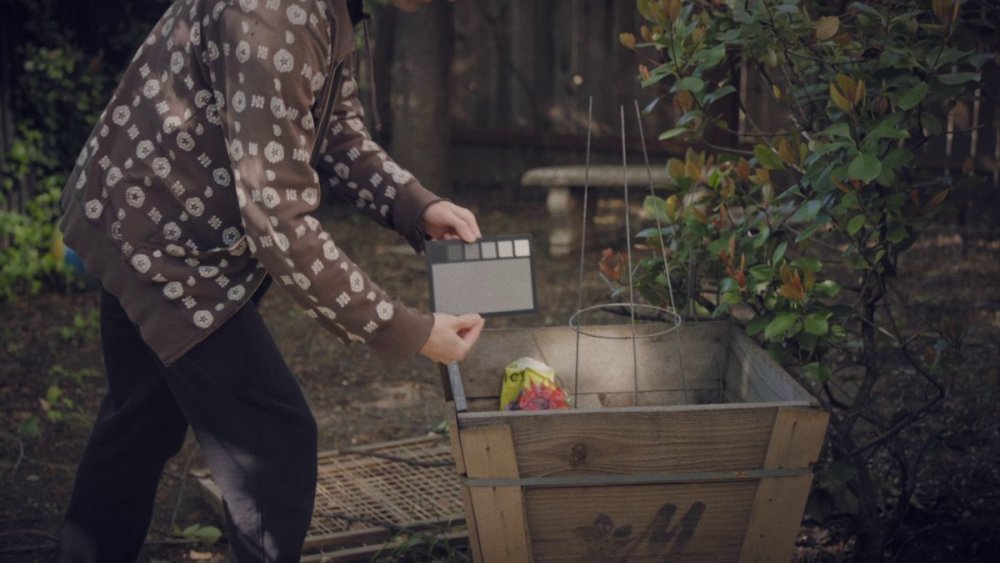
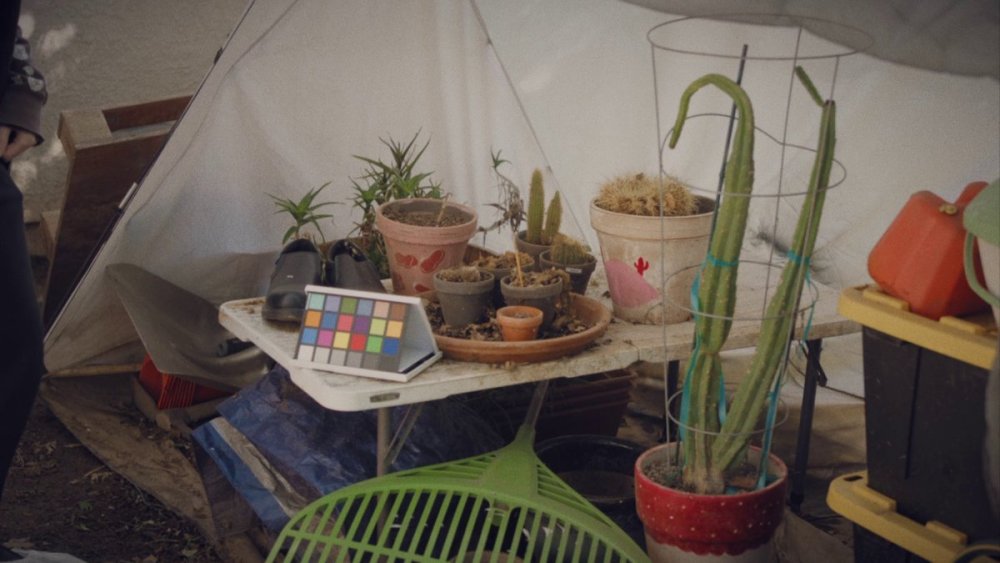
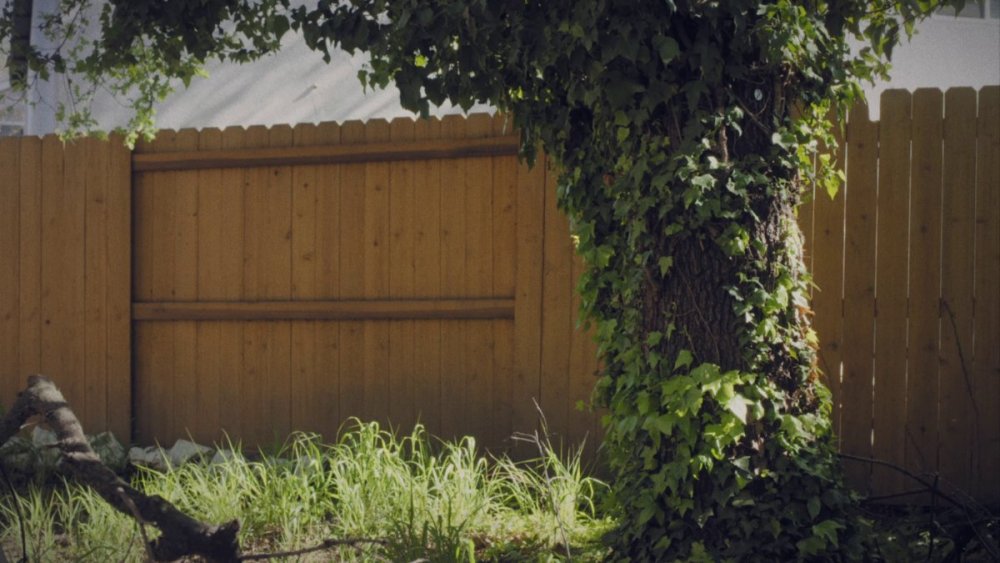
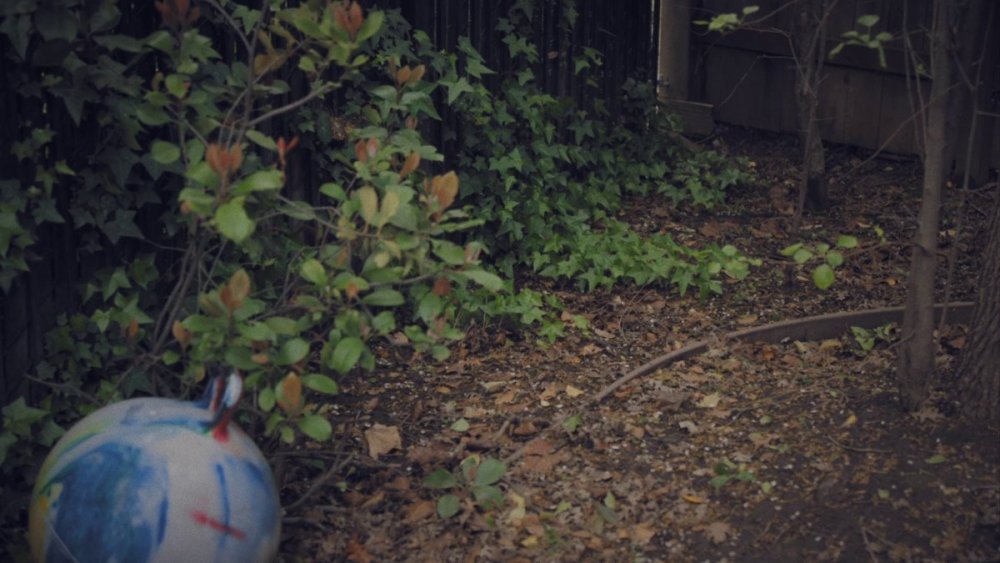
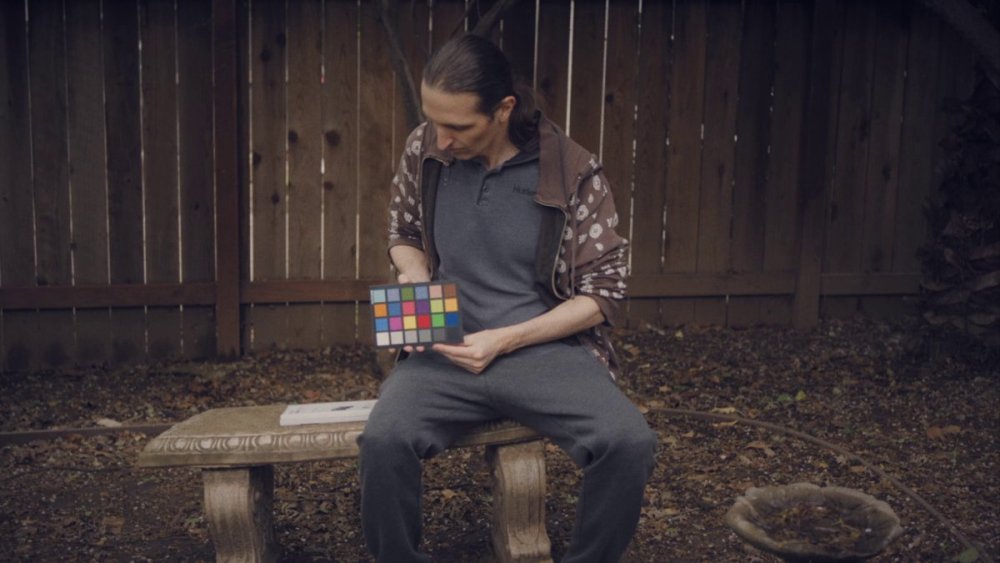
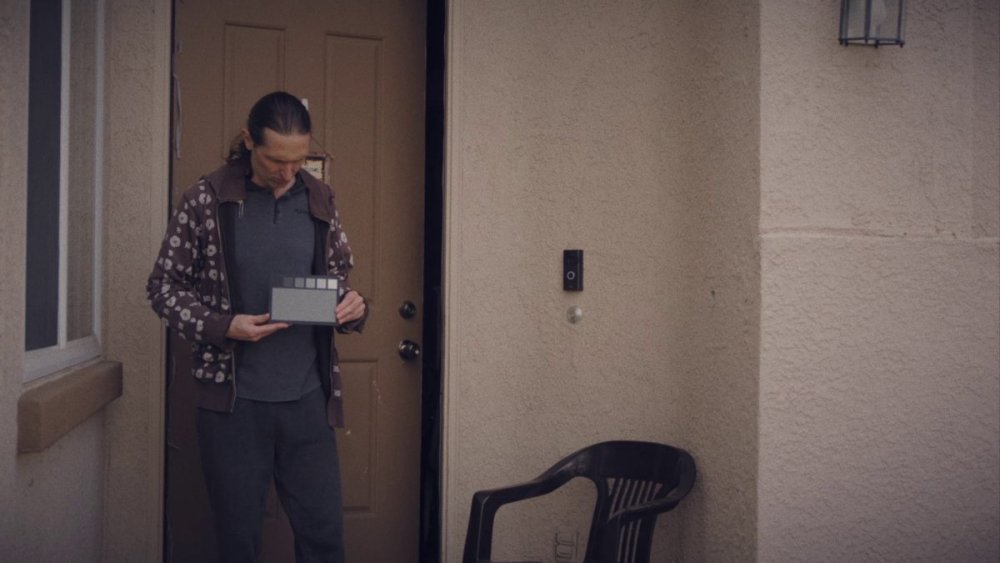
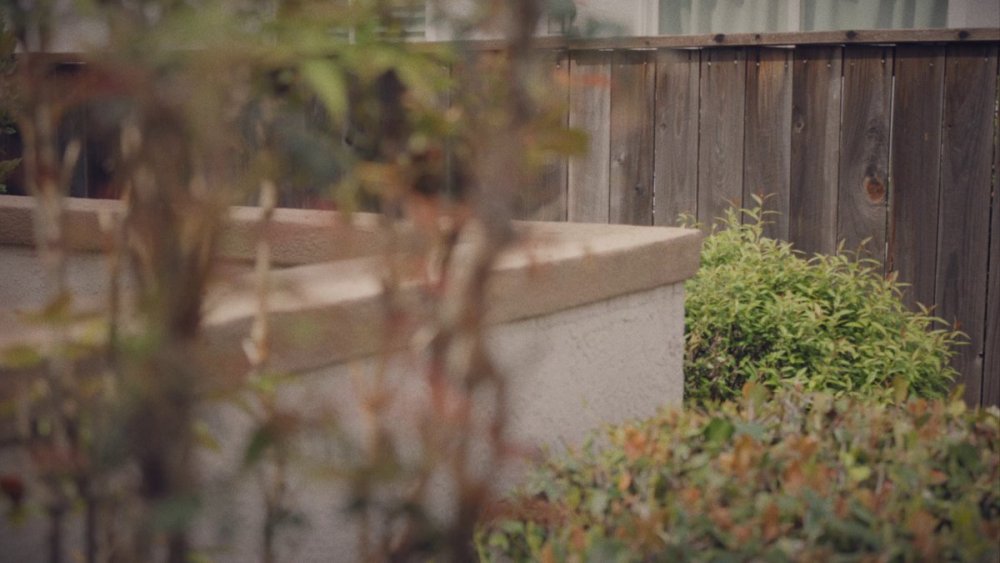
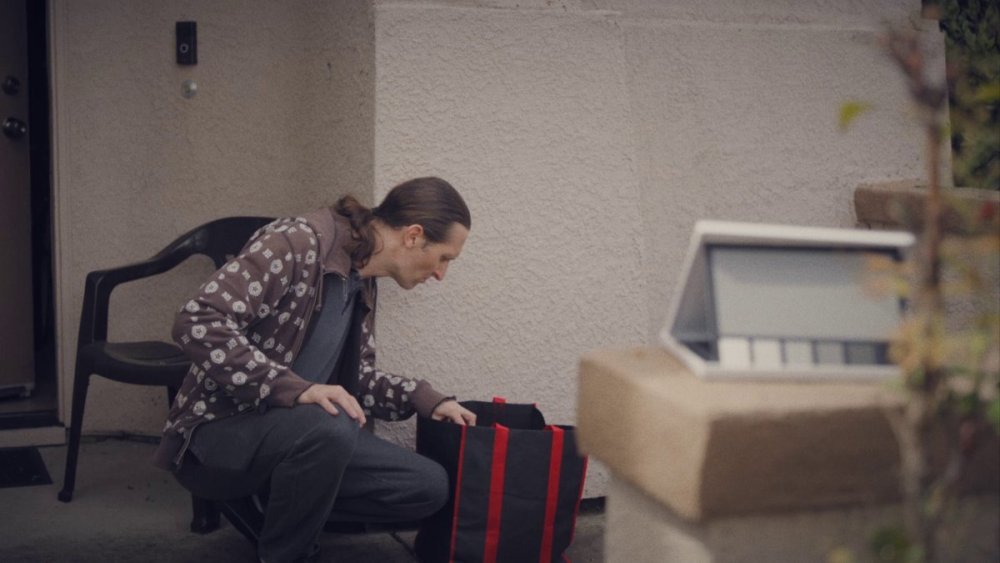
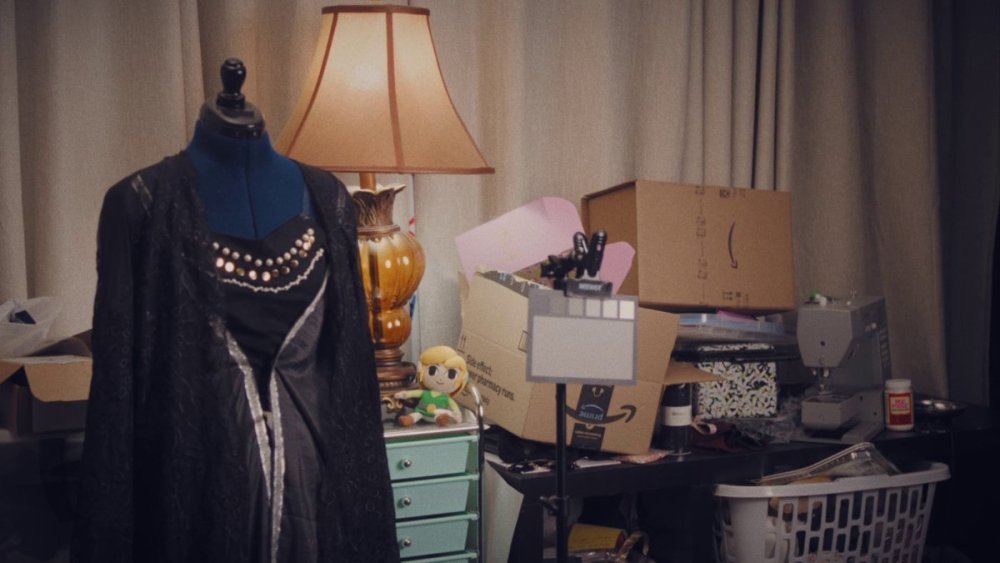
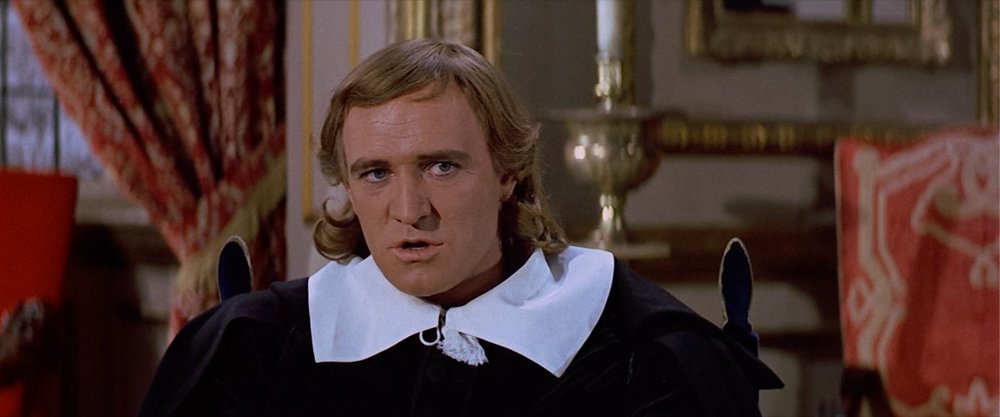
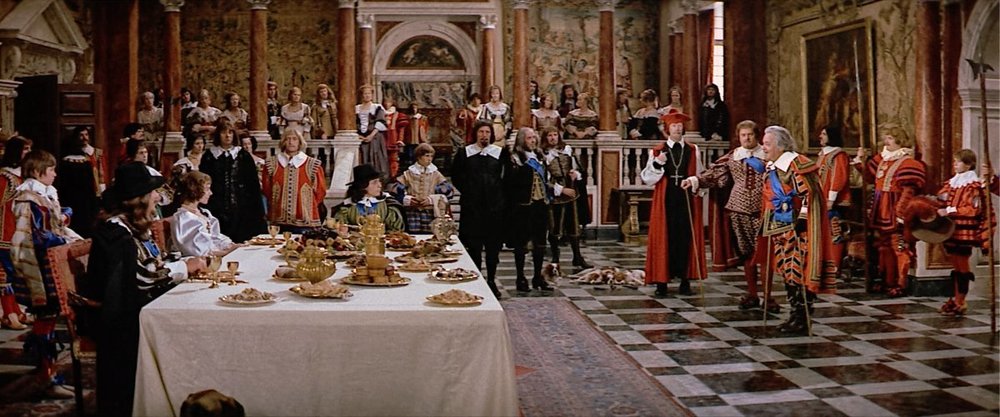
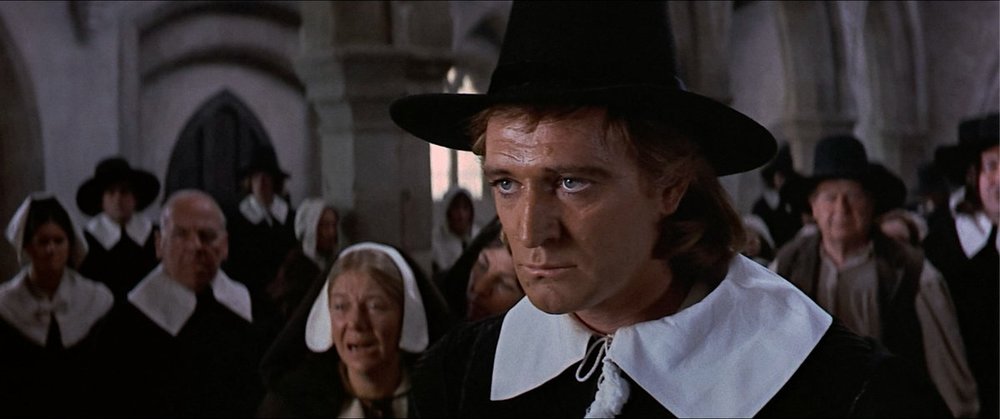
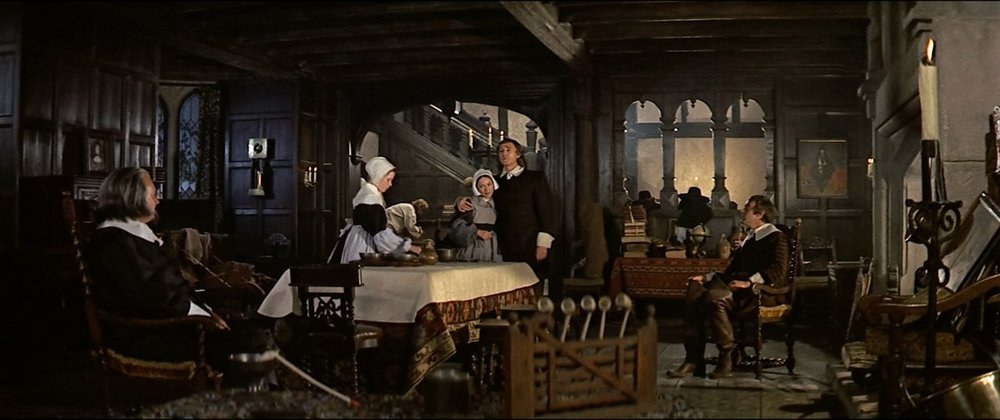
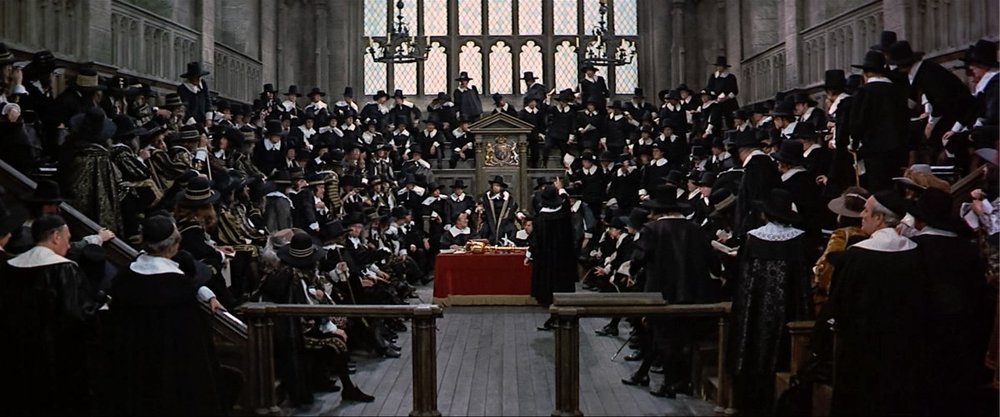
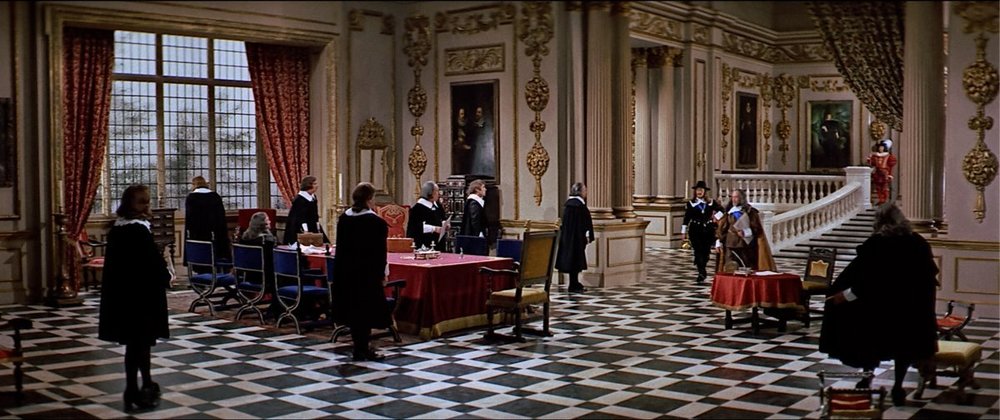
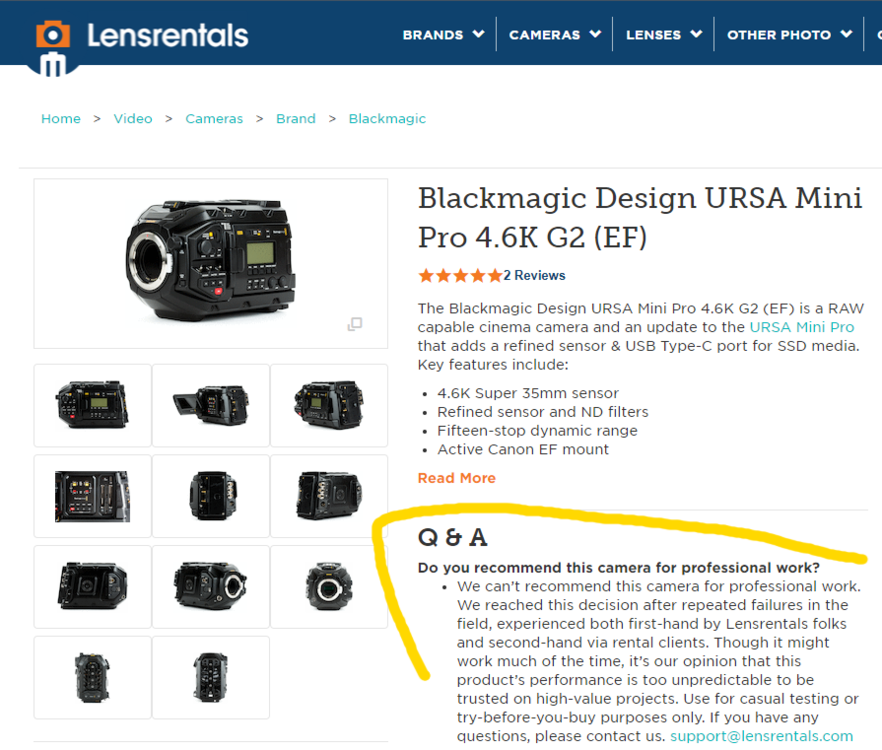
Purchased an Alexa Classic in 2025. Am I crazy?
in ARRI
Posted
Thanks for the heads up. Can't afford an Amira so I'll live with the peaking it has.